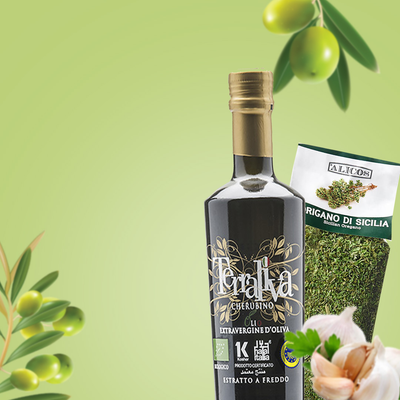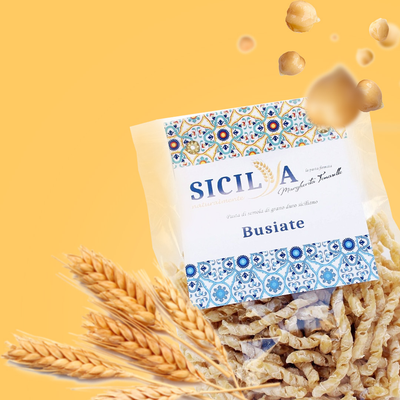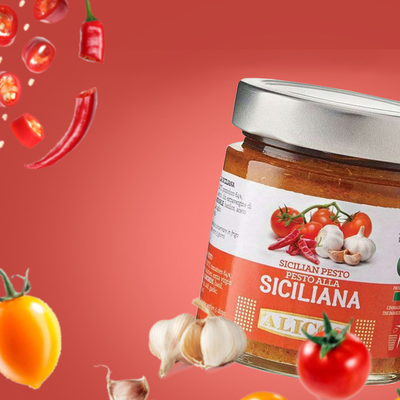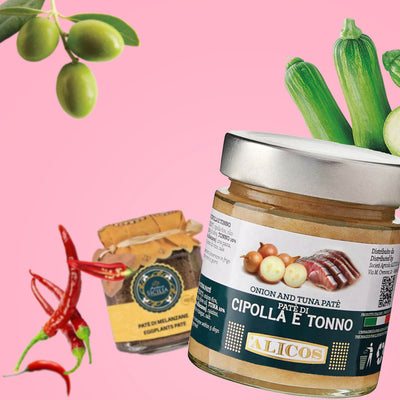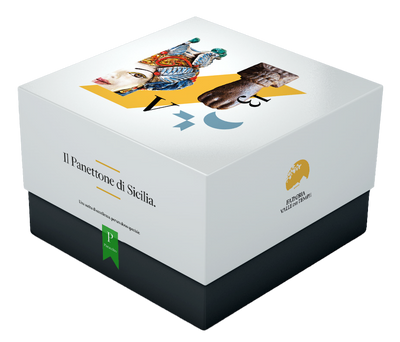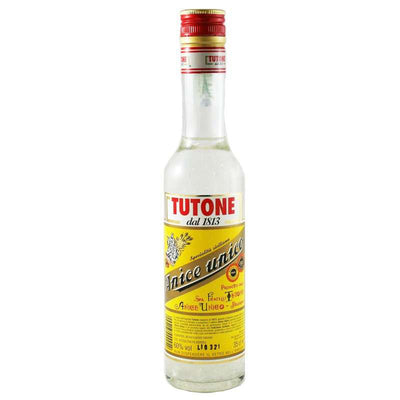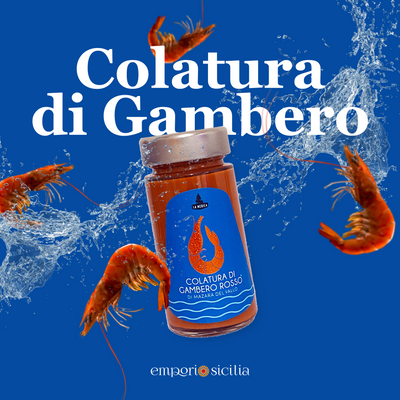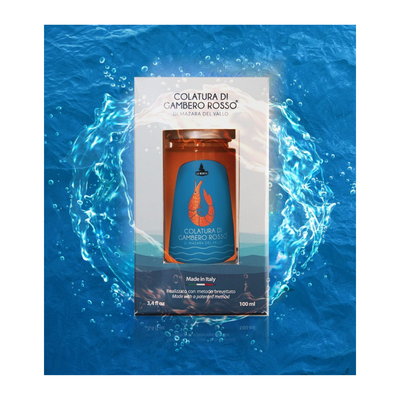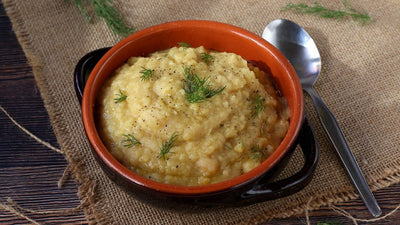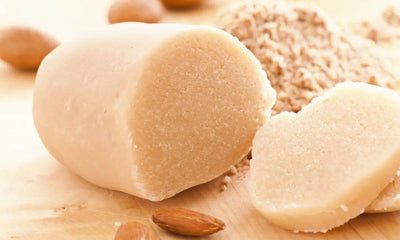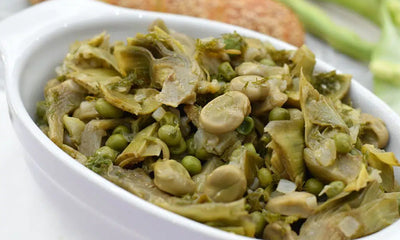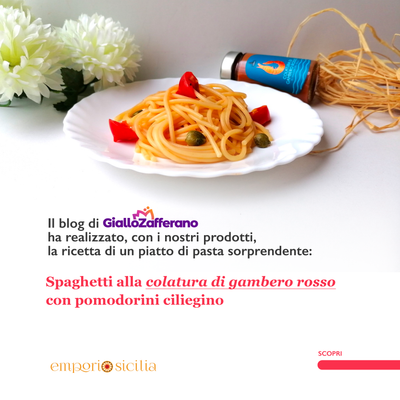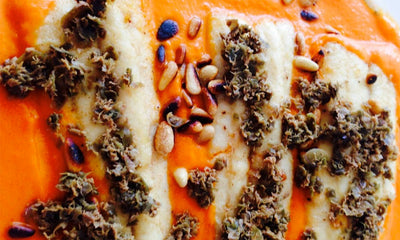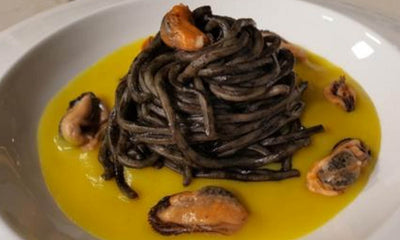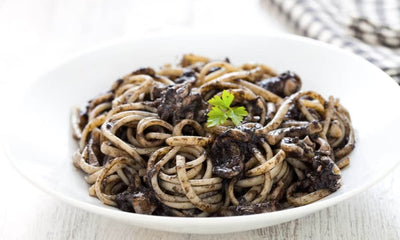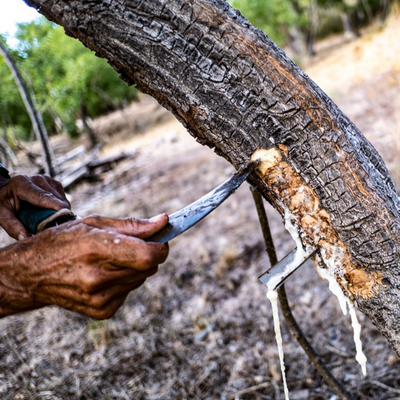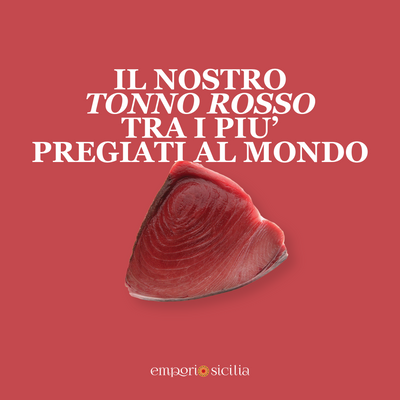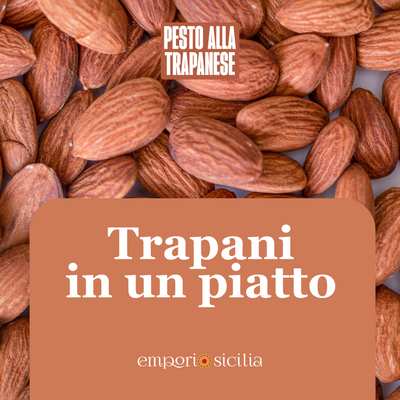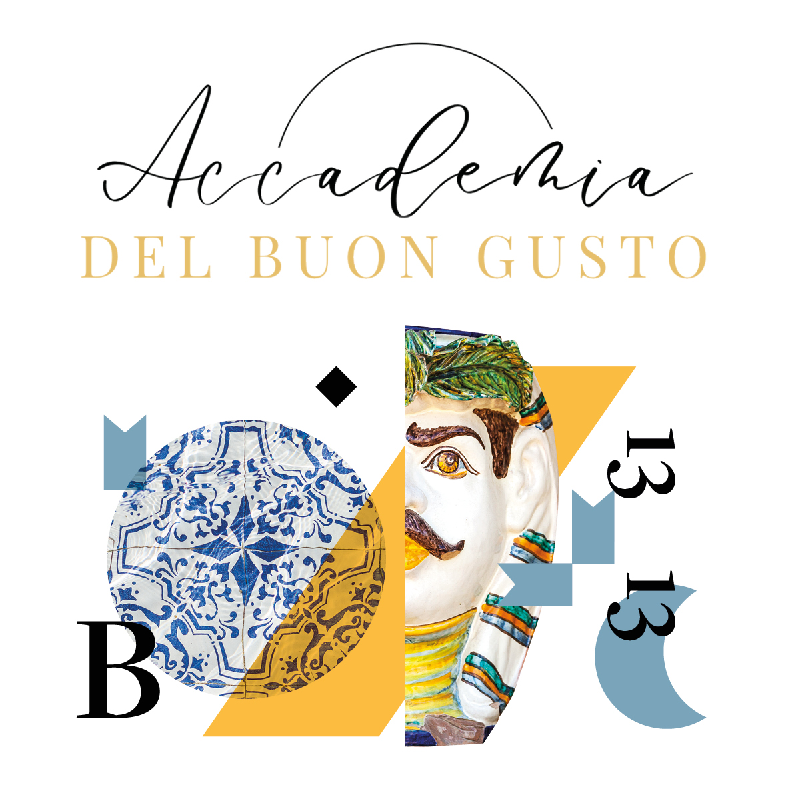Caponata is a traditional dish of Sicilian cuisine that offers an irresistible mix of flavors and textures. Here is its story, some curiosities and suggestions on the uses of this delight in the kitchen:
Caponata is one of the most mysterious dishes of Sicilian cuisine starting from the name "la caponata" or "caponatina". A dish with ancient traditions that owes its rebirth to the magical world of the Florios.
Tasty Origins of Caponata
Caponata has ancient origins and its recipe has been handed down from generation to generation. It is said to have been inspired by several cultures that have influenced Sicily over the centuries, including the Arab and Spanish ones.

It all begins when the Saracens brought us a sweet and sour sauce born in pre-Islamic Persia. A sauce born from a religious philosophical concept. In the Persian texts of the Sasanian period above all, we talk about the principle of the contrast between the forces of good and evil and we are struck by the analogies between the ancient Persian doctrine and the canons of harmony applied to foods. The search for balance between the sun and the moon, black and white, the sweet and the sour, the harmonious sweet and sour: of vinegar and honey.
The first to use it continuously were the crews on board Sicilian ships to flavor soups and biscuits. Some scholars maintain that the name was created by the "Monsù" who used them for the short-term conservation of hares, rabbits, pheasants, groupers and especially capons. In books it appears for the first time in "Ethymologicum Siculum" printed in Messina in 1759: the term caponata reads "dish made of various things". Only later in the happy era of the Florios, the erudite Vincenzo Mortillaro in his Sicilian Italian dictionary of 1876 specifies: "capunata: a sort of delicacy containing fish, petrociane (aubergines), artichokes and other condiments and eaten mostly cold, or between one dish and another for added flavor or after hot dishes" .
There are at least 37 codified recipes for the various caponatas and all rigorously documented! We don't know who was the first to use fried aubergine pieces in those sauces and in those salads flavored with sweet and sour.


His moment of glory and rebirth suddenly returns to Florio Sicily together with the finally cheap tomato. As always in Sicily and also in the third millennium, interpretation is once again entrusted to imagination and creativity!
Festival of Flavors
Caponata is a feast of flavors with ingredients such as aubergines, tomatoes, celery, olives, capers and pine nuts, all slowly cooked in a sweet and sour sauce. This combination creates an explosion of flavors that delights the palate.
Versatile in the kitchen
Caponata is incredibly versatile. It can be served as an appetizer on croutons, as a side dish for meat or fish, or even as a main course if accompanied by good crusty bread. It's also great enjoyed cold, which makes it perfect for summer.

Preserving Tradition
Many Sicilian families preserve their traditional Caponata recipe, passing it on from generation to generation. Every family can have their own unique interpretation of this classic dish.
Creativity in the Kitchen
Don't hesitate to put your creativity into play. Add ingredients like toasted almonds or raisins for a personal touch. Caponata is a dish that lends itself to many variations and adaptations.
A Social Kitchen
Caponata is often associated with convivial moments with family or friends. Preparing it can become a shared experience in the kitchen, and its inviting aroma will attract anyone to the table.
With its rich history and versatility in the kitchen, Caponata is a true treasure of Sicilian tradition. Try preparing it and let your senses take you on a journey through the flavors and aromas of this delicious specialty.



